Marble
According to scientific terminology, marble is a metamorphic rock which contains over 50% carbonates (calcite or dolomite) formed by metamorphic recrystallization of a carbonatic rock. According to traditional commercial terminology, on the other hand, it indicates a compact polishable natural stone, used for decoration and in building, consisting principally of minerals with a hardness between 3 and 4 on the Mohs scale (such as calcite, dolomite or serpentine).
From a commercial point of view, therefore, both metamorphic and cipolin marbles and the following natural stones are marble, provided that it is possible to polish them with a mirror finish: limestone, dolomite, calcareous breccia, calcareous breccia oniciata, travertine and serpentine.
Recently, however, the term limestone has come into use to designate sedimentary calcareous rocks in order not to confuse them with marble proper. Real marbles are generally characterized by non-oriented crystalline textures, but they often have peculiar veining with a sinuous or broken patterns. Crystal sizes range from millimetric to sub-millimetric and are usually transparent like sugar crystals: that’s why we often speak of “saccaroidal” or “sugar” marble.
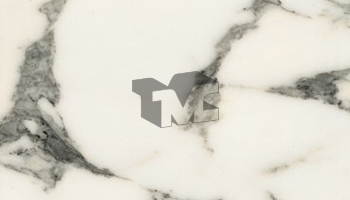

white carrara c extra

white lasa
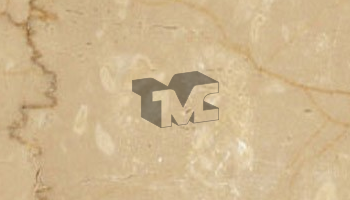
classic botticino
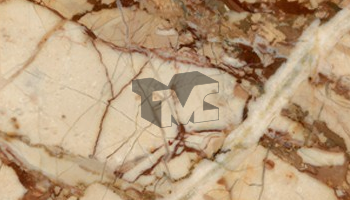
breccia aurora
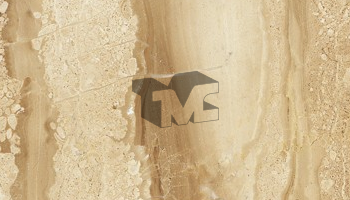
breccia sarda venata
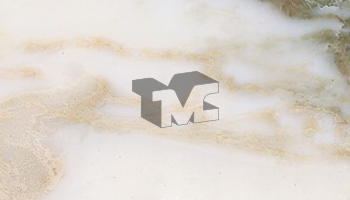
golden calacatta
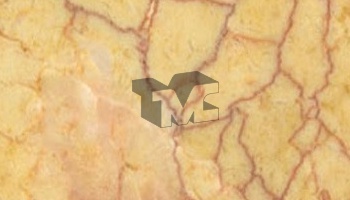
cream valencia

yellow of istria

nembro rosé

classic rosewood

perlato sicilia

Portuguese pink

red lagoon
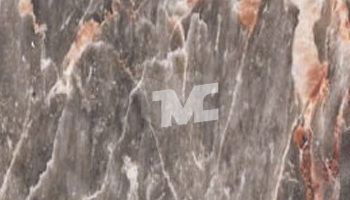
Salome
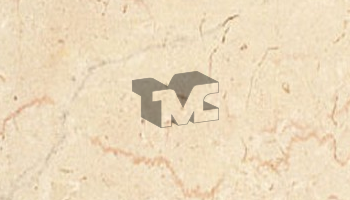
flowery trani
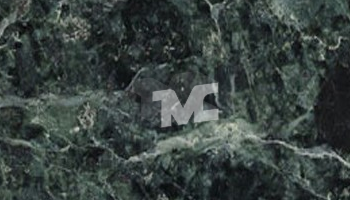
green alps

statuario venato
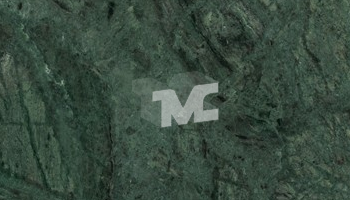
green Guatemala
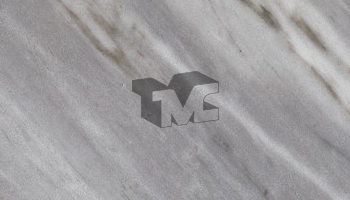
Clouded Bardiglio
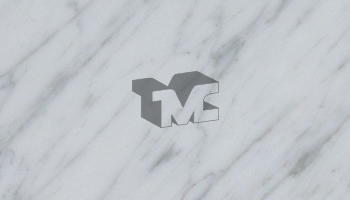
white carrara c venatino

white lasa golden vein

botticino fiorito light
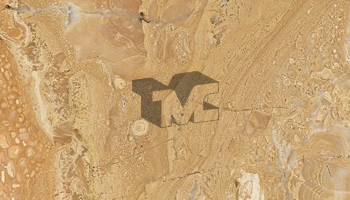
breccia oniciata
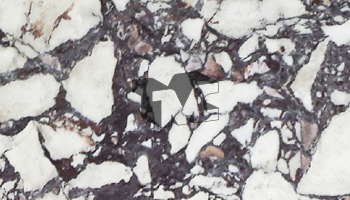
breccia medicea
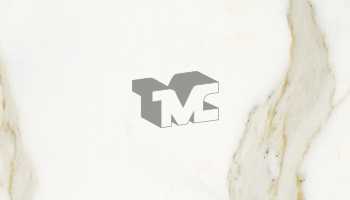
calacatta borghini

Brazilian chocolate

creamy delicate
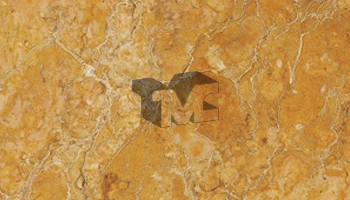
royal yellow

palissandro bluette
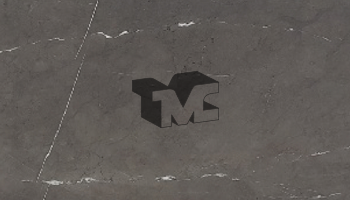
pietra grey

black marquina

paradise brown

perlino bianco
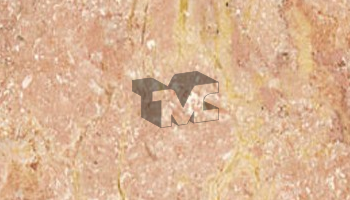
rose tea

red levanto

trani serpeggiante
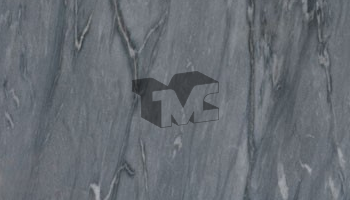
imperial bard

white carrara cd

white thassos
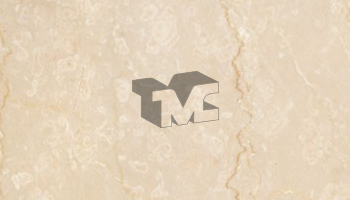
botticino semiclassico

breccia pernice

calacatta michelangelo
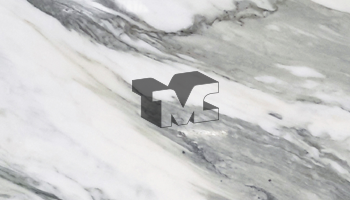
calacatta bluette
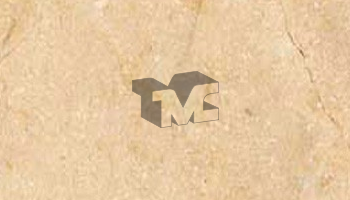
marfil cream

dark emperador
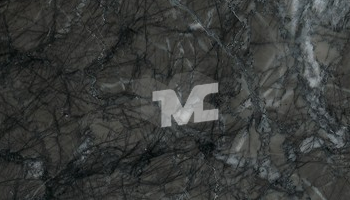
carnic gray
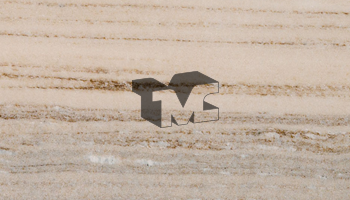
palissandro bronzetto
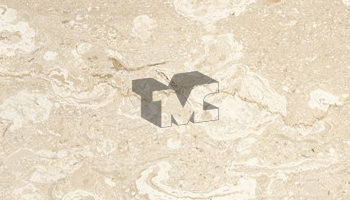
pearl royal
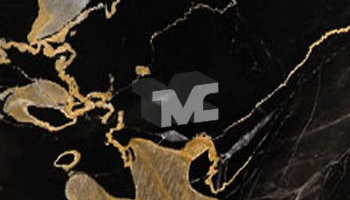
black porter
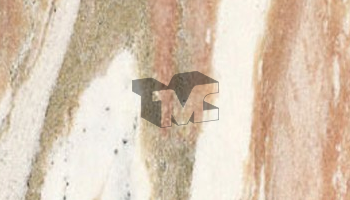
Norwegian pink

alicante red
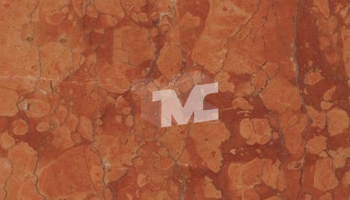
red verona

trani bronzetto
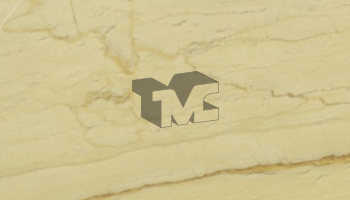
green aquamarine
Travertine
This includes fine-grain calcareous rocks from fresh water, formed by the rapid precipitation of CaCO3 from the water in which it was dissolved.
Some varieties are polishable and compact.
In some cases, sedimentation horizons are also observed, recognizable as “venatures” or chromatic alternations, mainly tone on tone.
These are lithotypes with characteristic “vacuolare” structure, that is, rich in cavities of varying shapes and sizes.
This makes them light, insulating and generally well resistant to frost action.

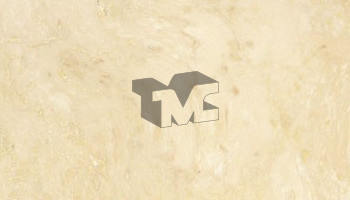

red travertine

travertine velvet
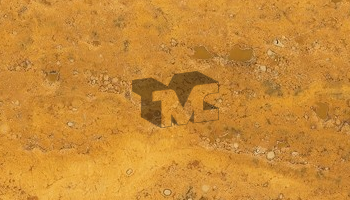
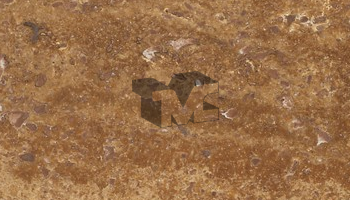
travertine walnut
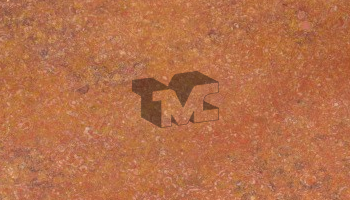
red travertine cross cut
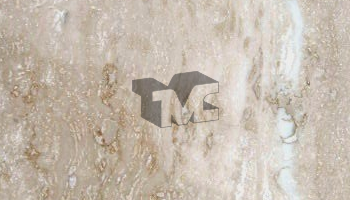
travertine venatello
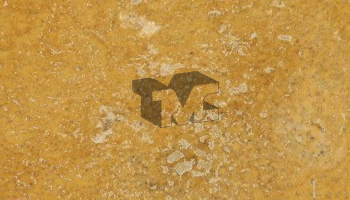

travertine walnut cross cut

travertine scabas
Limestone
They are fine-grained, compact carbonate sedimentary rocks. They are formed in marine basins by accumulation of sediments, remains of organisms, or by precipitation of calcium carbonate, etc. They often contain fossil remains such as shellshells, algae, corals, etc.
Generally it is clear that sedimentation horizons (stratifications), veins, remecemented joints, or particular jagged joints, called stylizing joints or leanness, can be recognized.
The composition of limestones is predominantly calcytic, but some littotypes are Dolomite. From a purely commercial point of view, littotypes belonging to this category are not polished.

basalt

oriental cream

sunflower yellow
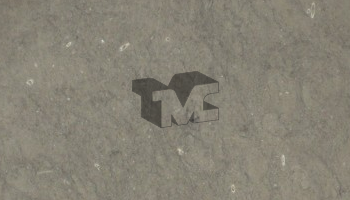
kaesar brown

rainforest green
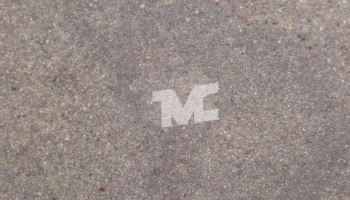
Coffee
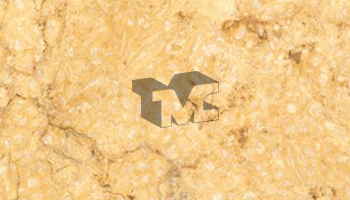
yellow atlantis
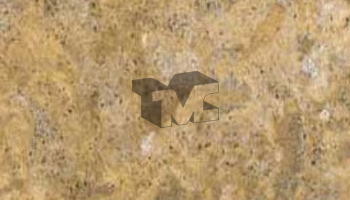
yellow Provence

Papyrus
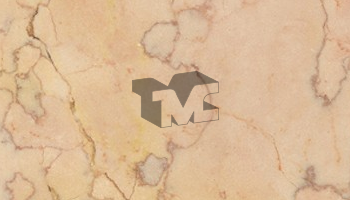
pink cleopatra

moon cream

yellow cleopatra

oriental gray
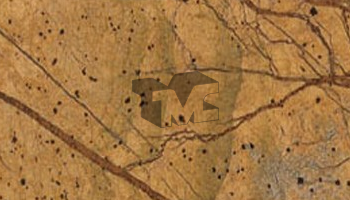
rainforest brown

wenghe
Onyx
According to commercial terminology, on the other hand, it indicates a compact and polishable natural stone, of calcitic composition, consisting of an alternation of precipitation layers of calcium carbonate from saturated waters, which can also be “enriched” by chromophore elements through which the rock acquires peculiar colors, bandatures, and “clouded” designs.
The most extraordinary feature of the rocks belonging to this type is the exceptional transparency, which makes the rock translucent; that’s why it was used for fine glass windows already in the time of the pharaohs.



green onex

pink onenice
Slates
According to scientific terminology, it indicates a metamorphic fine-grained rock of grade from very low to low characterized by a fixedity (divisibility, split workability) well developed parallel to the recrystallization planes.
According to commercial terminology, however, it indicates rocks that are easily divided into thin slabs along flat-parallel horizons.
For actual slates, horizons can match cleavage or cleavage plans, generated by a low or very low degree metamorphism due to tectonic compression.
Sedimentary slates, on the other hand, can easily be divided along a layering or sedimentation plane.
The mineral composition is generally mixed carbonate and silicate. The slates are almost never polished, just to enhance the beauty of the rustic surface created by nature.

grey slate
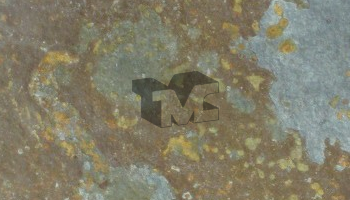
ARDESIA VARIEGATE cross cut

black slate

green slate
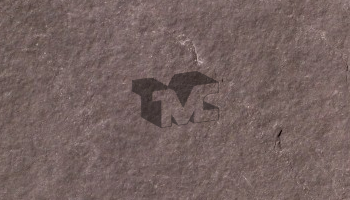
ARDESIA ROSSA BORDEAUX cross cut
Stones
According to commercial terminology, this category refers to all lithotypes traditionally non-polishable.
Of course, the mineral composition and genetic history are very varied, which cannot be included in any classification. As a result, aesthetic and superficial characteristics are also very variable.
Usually you find two different groups:
– tender and/or uncompact rocks: various sedimentary rocks (calcarenians, limestone sandstones, etc.), various pyroclastic rocks (peppers, tuffs, etc.).
– hard and/or compact rocks: natural split stones (quarts, micass, lastroid gneiss, slates, etc.), and certain volcanoes (basaltos, trachitis, leucitis, etc.).
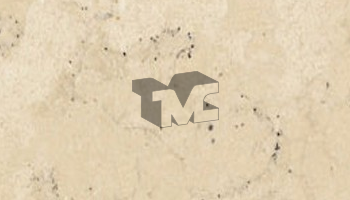
WHITE of Lessinia
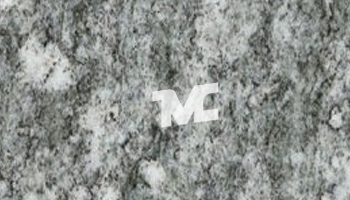
LUSERNA

ROSA of Lessinia

CARDOSO

Stone


